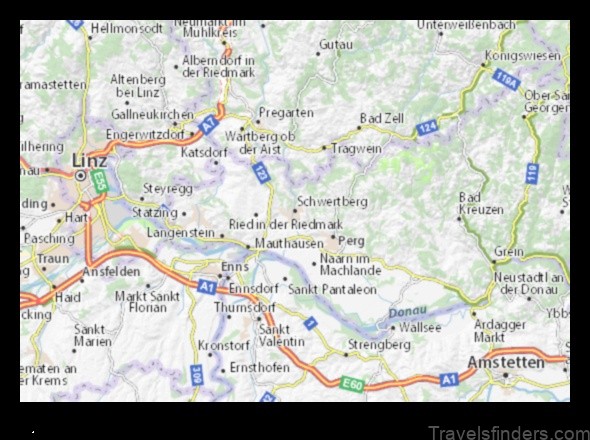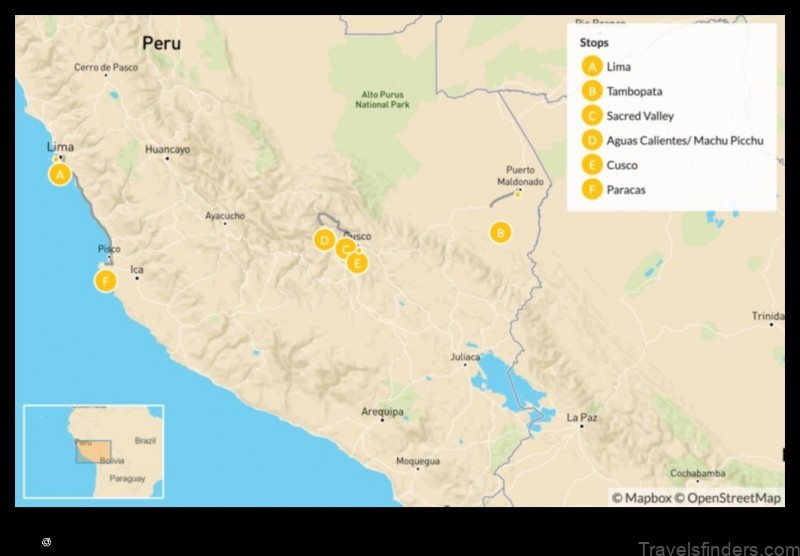In southern Georgia, a group of armed robbers invaded four mobile home parks one night in October 2005. Using guns and clubs, robbers assaulted the Mexican immigrant residents who had the misfortune to be home, resulting in the death of six immigrants and serious injuries to five more. The incident, known as the Night of Blood, heightened Georgians’ awareness of the precarious position of new Latino immigrants, and many banks, in response, began accepting the Mexican matricula consular card as sufficient identification to open a bank account. The mayor of Tifton County also flew the Mexican and U.S. flags at half mast to demonstrate the county’s sorrow at the loss of these immigrants’ lives.
Of course, although many Latinos remain in poverty in Georgia and tragedies do occur, many have also done quite well. Hispanic Business magazine lists several Georgians in their list of the 75 Wealthiest Hispanics in America. Topping the list is the Goizueta family, but also among them is Lou Sobh, an immigrant from Torreon, Mexico, whose automobile dealership is the largest minority-owned business in Georgia and one of the largest Latino-owned businesses in the country. Elena Diaz-Verson Amos was listed in 1997 as America’s wealthiest Latina. Georgia’s Latinos can also be found heading multinational advertising agencies, financial institutions, and research centers. Many prominent Latino physicians and scientists work at the Center for Disease Control and Prevention in Atlanta, and several are on faculty at the University of Georgia, Georgia Tech, and Georgia State University. Additionally, there are thousands of Latino-owned small businesses, as well as several Spanish-language radio stations and newspapers.
Starting a business in Georgia can sometimes be a challenge for Latinos, because most non-Latino Georgians are less familiar with Latino culture and the Spanish language than they might be in states such as California and Texas. For example, renowned artist Dan Vargas founded Vargas, Flores and Amigos in 1990 as the first Latino advertising agency in the Southeast. Vargas notes that in the early years of his operation, people would call his agency and ask to speak to Amigos.
However, as the Latino population grows, Georgians are becoming more used to seeing new Latino businesses next door to longer-established, black- or white-owned enterprises. Furthermore, Latino residents are increasingly viewed as a viable business market. In 2000 Roy Communications, an internationally renowned black-owned advertising agency, merged with Vargas’s enterprise because Roy’s president thought that her agency was ill-equipped to reach the Latino market. This move is indicative of a trend seen on a smaller scale among other businesses. Increasingly, businesses are working to position products and
services to reach Latino buyers. According to projections by the Selig Center for Economic Growth, Georgia now has the tenth-largest Latino market in the nation.
Holiday to Georgia Photo Gallery








